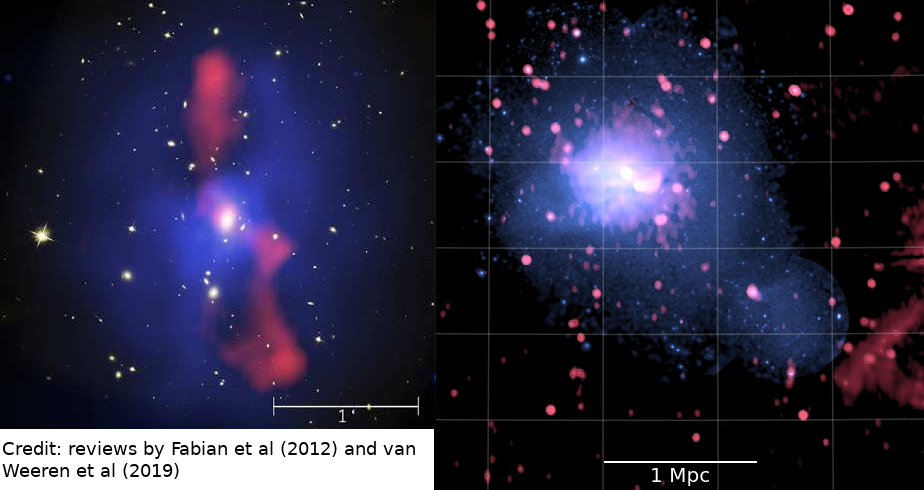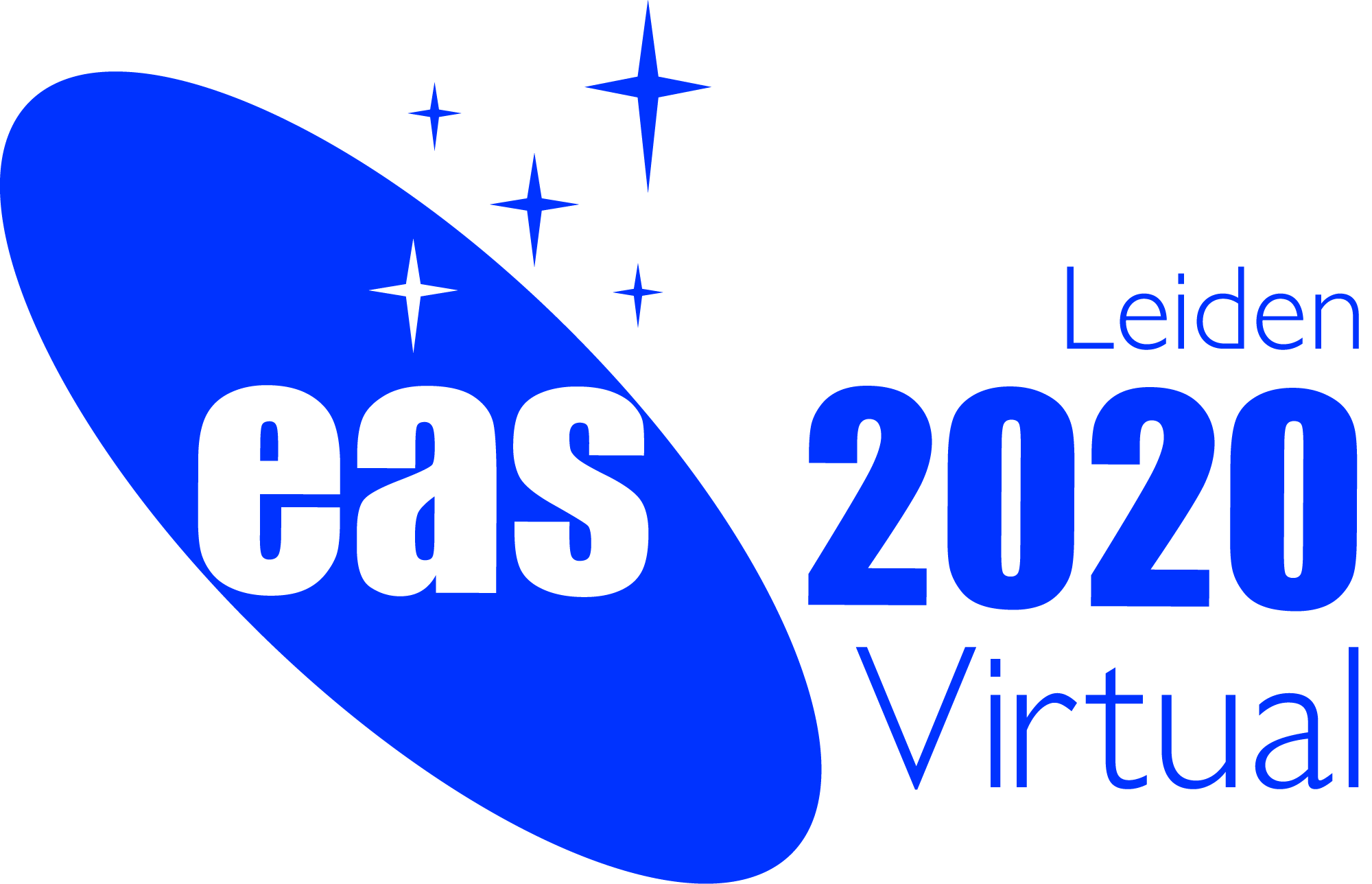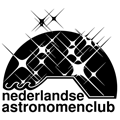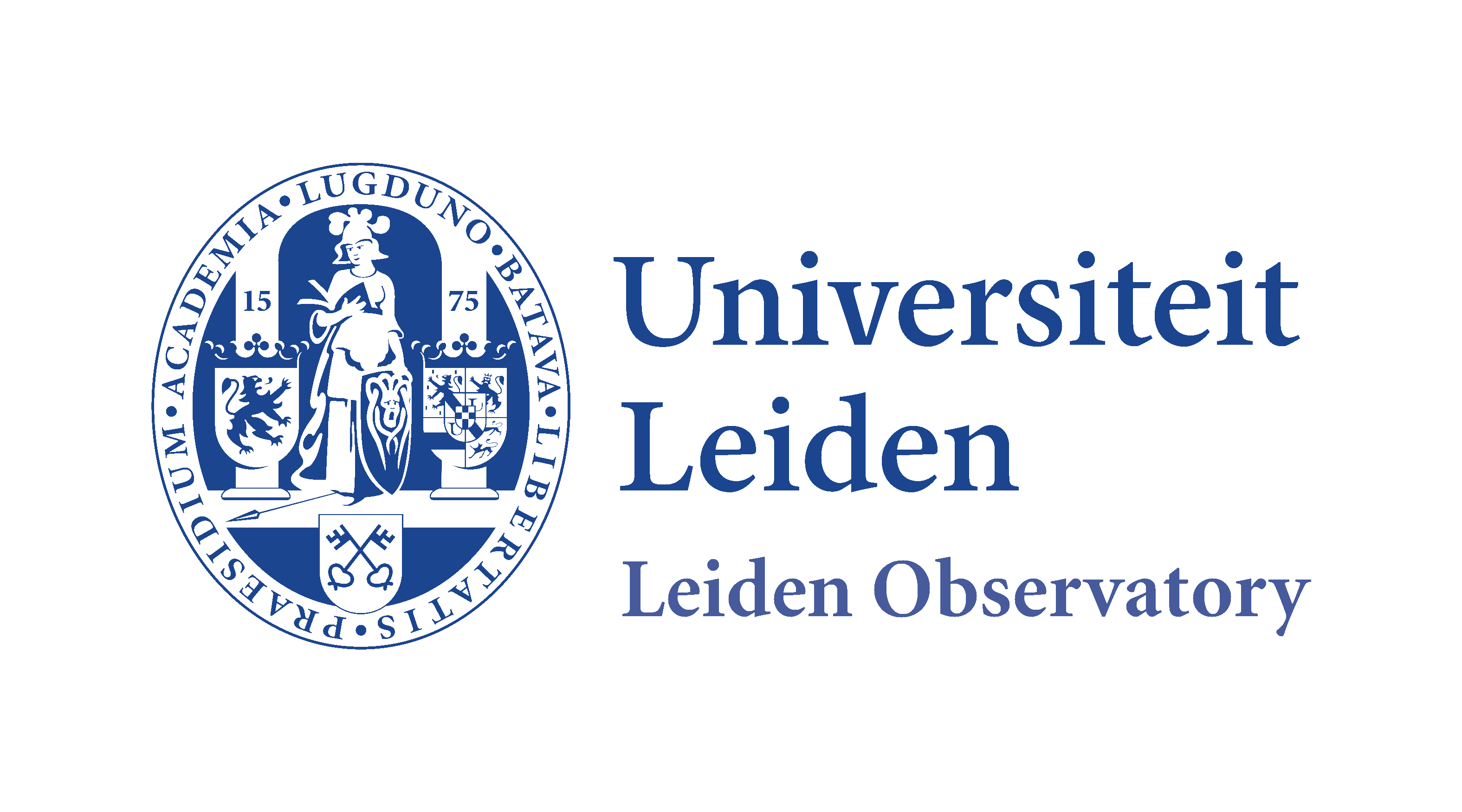Special Session SS3
29 June 2020
Galaxy clusters at radio wavelengths: The aims for the next 5 years
Aims and scope
 Radio observations offer a unique perspective into the energetic physics of galaxy cluster formation and evolution. Mergers and accretion drive bulk-motions, shocks and turbulence in the intracluster medium, while the cores of relaxed clusters are disrupted by feedback from supermassive black holes. By unveiling non-thermal phenomena in clusters, radio observations help connect microscale particle acceleration driven by shocks and turbulence to cluster-scale structure formation processes. Significant discoveries have been made in the last couple of years: from the measurement of particle (re-)acceleration at cluster shocks, to unveiling turbulence in cluster cores and to the development of more realistic particle acceleration models. Taking advantage of new and upgraded facilities and their exquisite sensitivity for extended emission, surveys such as the LOFAR LOTSS, GMRT TGSS, VLA VLITE and MWA GLEAM have been particularly transformational for the field of galaxy clusters, by unveiling new types of previously unknown sources as well as providing the first large samples of diffuse cluster sources. An important open topic will be to come up with strong observational tests to either confirm or falsify theoretical models, by developing synergies between low frequency observations and other multiwavelength data.
Radio observations offer a unique perspective into the energetic physics of galaxy cluster formation and evolution. Mergers and accretion drive bulk-motions, shocks and turbulence in the intracluster medium, while the cores of relaxed clusters are disrupted by feedback from supermassive black holes. By unveiling non-thermal phenomena in clusters, radio observations help connect microscale particle acceleration driven by shocks and turbulence to cluster-scale structure formation processes. Significant discoveries have been made in the last couple of years: from the measurement of particle (re-)acceleration at cluster shocks, to unveiling turbulence in cluster cores and to the development of more realistic particle acceleration models. Taking advantage of new and upgraded facilities and their exquisite sensitivity for extended emission, surveys such as the LOFAR LOTSS, GMRT TGSS, VLA VLITE and MWA GLEAM have been particularly transformational for the field of galaxy clusters, by unveiling new types of previously unknown sources as well as providing the first large samples of diffuse cluster sources. An important open topic will be to come up with strong observational tests to either confirm or falsify theoretical models, by developing synergies between low frequency observations and other multiwavelength data.
Programme
- Particle acceleration and magnetic fields
- Diffuse emission
- AGN feedback
- Radio observations of galaxy cluster
- Surveys and upcoming facilities
Invited speakers
- Rossella Cassano (IRA INAF Bologna, Italy)
- Virginia Cuciti (Hamburg University, Germany)
- Alastair Edge (Durham University, UK)
Scientific organisers
Andra Stroe (chair, CfA, USA), Hiroki Akamatsu (SRON, Netherlands), Francoise Combes (Paris, France), Francesco de Gasperin (Hamburg, Germany), Julie Hlavacek-Larrondo (Montreal, Canda), Ruta Kale (Pune, India), Mamta Pommier (Lyon, France), Tim Shimwell (ASTRON, NL), Valentina Vacca (Cagliary, Italy), Reinout van Weeren (Leiden, Nethelands)
Contact
Andra Stroe: andra.stroe @ cfa.harvard.edu
Updated on Wed May 13 19:52:35 CEST 2020
|

 A power cut will shut down all EAS services on Tuesday, 10 January 2017 starting at 7:30 CET.
A power cut will shut down all EAS services on Tuesday, 10 January 2017 starting at 7:30 CET.



